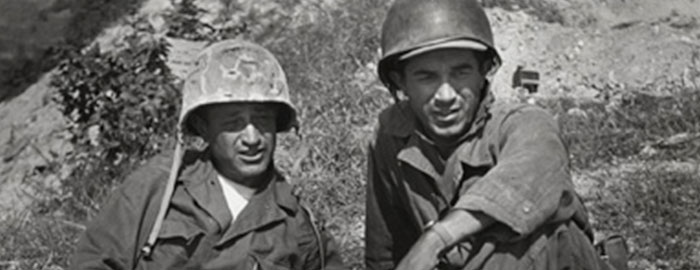Announcing the winners of the Frontline Club Awards 2013
Photojournalism Special Commendation
Samuel James for his work in the Niger Delta. Travelling for two months using a small paddle boat, he has documented the illegal oil refinery process and the residents of the delta that it affects. Also see the spread in Harper’s Magazine, who originally commissioned the story.
Of this work, the judges said that it was ‘extraordinarily interesting and showed great enterprise’, that he had a ‘remarkable talent’. They particularly appreciated it because of the fact that it followed in the Frontline tradition as ‘he must have been completely uncomfortable whilst making it’.

Broadcast
Ben Anderson for his piece for both Panorama and Vice on the drawdown of operations in Helmand Province, Afghanistan – Mission Accomplished: Secrets of Helmand and This Is What Winning Looks Like. (BBC News / VICE)
Of the winning piece, the judges have said that it was ‘journalistically very strong’ that it is ‘in the spirit of what the club represents’ and that it was an ‘‘important piece of journalism in a league of its own’. You can watch a Q&A he did at the Frontline Club before the BBC Panorama broadcast release here.
Tribute
Born in Kansas City, Missouri on 23 January 1916, David Douglas Duncan took his first step in the direction of photojournalism while a student of archaeology at the University of Arizona. His work as an enlisted combat photographer with the US Marine Corps during WW2 became iconic and established his reputation within the industry. During his service a portrait of Duncan was taken by Lt. Richard M Nixon, and Duncan would later go on to capture key moments of the future presidents career.
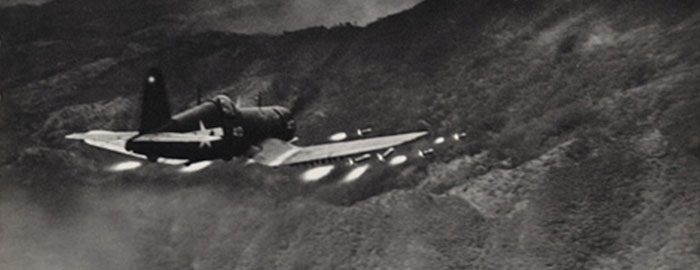
After the war he was approached by LIFE magazine on the strength of his work from the Pacific Theatre and joined the magazine in 1946, pioneering the use of the relatively new and technologically advanced Nikkor lenses. He would cover Palestine, Greece, Turkey, Korea and Indochina, Japan, India, Egypt, Morocco and Afghanistan for the magazine. During the Korean War he shot haunting images during the battle of Chosin, the ‘Nightmare Alley’ retreat and the intense fighting around the Naktong river. He later collated his images from the conflict into his first of many books, This is war! (1951). In 1956 he resigned from LIFE magazine in protest at the use of his images from Afghanistan.
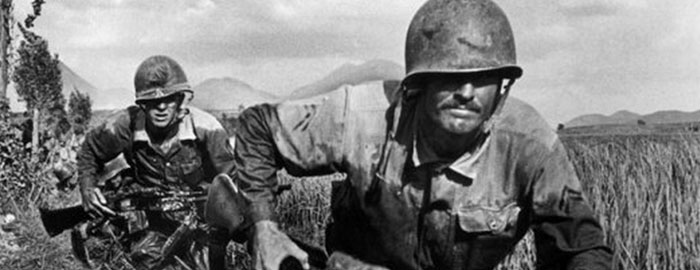
Seventeen years on from Korea, he returned to Vietnam with NBC and LIFE to cover the conflict, famously speaking out about the war: ‘These guys are being killed away from home for an issue that doesn’t involve us. It’s not an American issue. It’s a Vietnamese issue’. Returning to the USA, he covered the 1968 national conventions (including his former commander Richard Nixon) and produced the popular ‘photo essays of the air’ for prime time television.
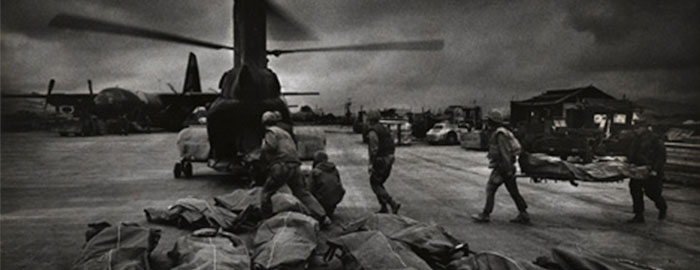
He is also well known for his images of Pablo Picasso, who became a close friend after the two were introduced by the late Robert Capa. He eventually produced seven books on the artist including Lump: The Dog who ate a Picasso (2006).
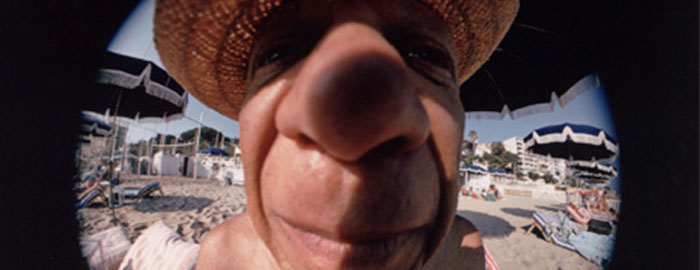
In 1957 he remarked; “It’s very simple . . . this banging around with a camera and typewriter as a ‘business’ is just one helluva lot of fun”.
